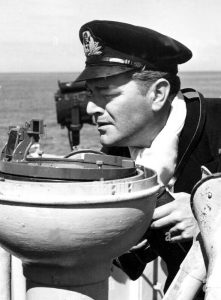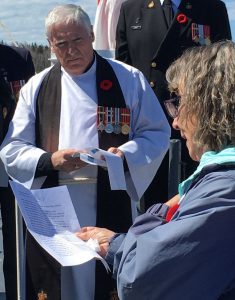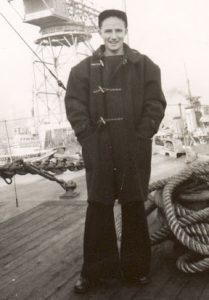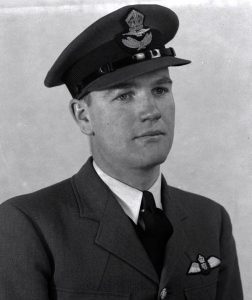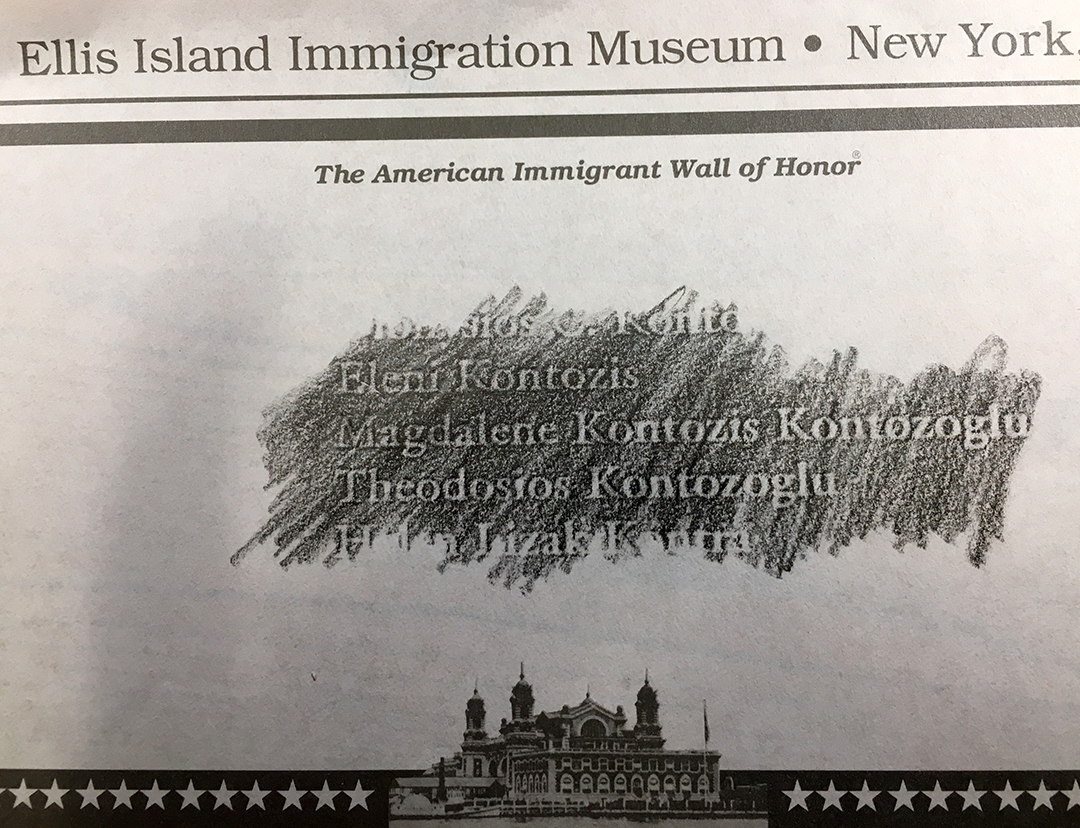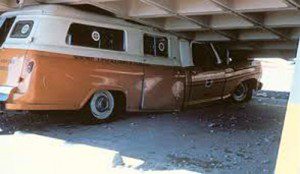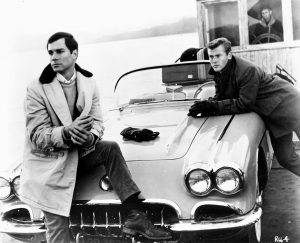
Last weekend, I stopped at one of the service stations in town to gas up my car. As I painfully watched the LED readout of my gas purchase whiz higher and higher, a guy pulled up to the pump across from me. He was in town for the weekend car show, driving a Corvette, an early one, like the one Todd Stiles and Buz Murdock drove in the hit TV series Route 66. As he began filling his car, I caught his eye.
“This must be the least fun part of driving a car like that,” I said to the guy, “filling a gas guzzler like your Vet.”
“Not at all,” he said. “It’s my guilty pleasure.” (more…)
